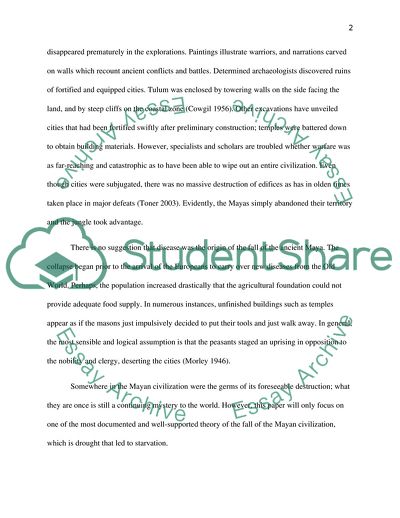Cite this document
(The Collapse of the Mayan Empire: The Unraveling of the Truth Essay, n.d.)
The Collapse of the Mayan Empire: The Unraveling of the Truth Essay. https://studentshare.org/history/1717145-the-mayan-civilization
The Collapse of the Mayan Empire: The Unraveling of the Truth Essay. https://studentshare.org/history/1717145-the-mayan-civilization
(The Collapse of the Mayan Empire: The Unraveling of the Truth Essay)
The Collapse of the Mayan Empire: The Unraveling of the Truth Essay. https://studentshare.org/history/1717145-the-mayan-civilization.
The Collapse of the Mayan Empire: The Unraveling of the Truth Essay. https://studentshare.org/history/1717145-the-mayan-civilization.
“The Collapse of the Mayan Empire: The Unraveling of the Truth Essay”. https://studentshare.org/history/1717145-the-mayan-civilization.


